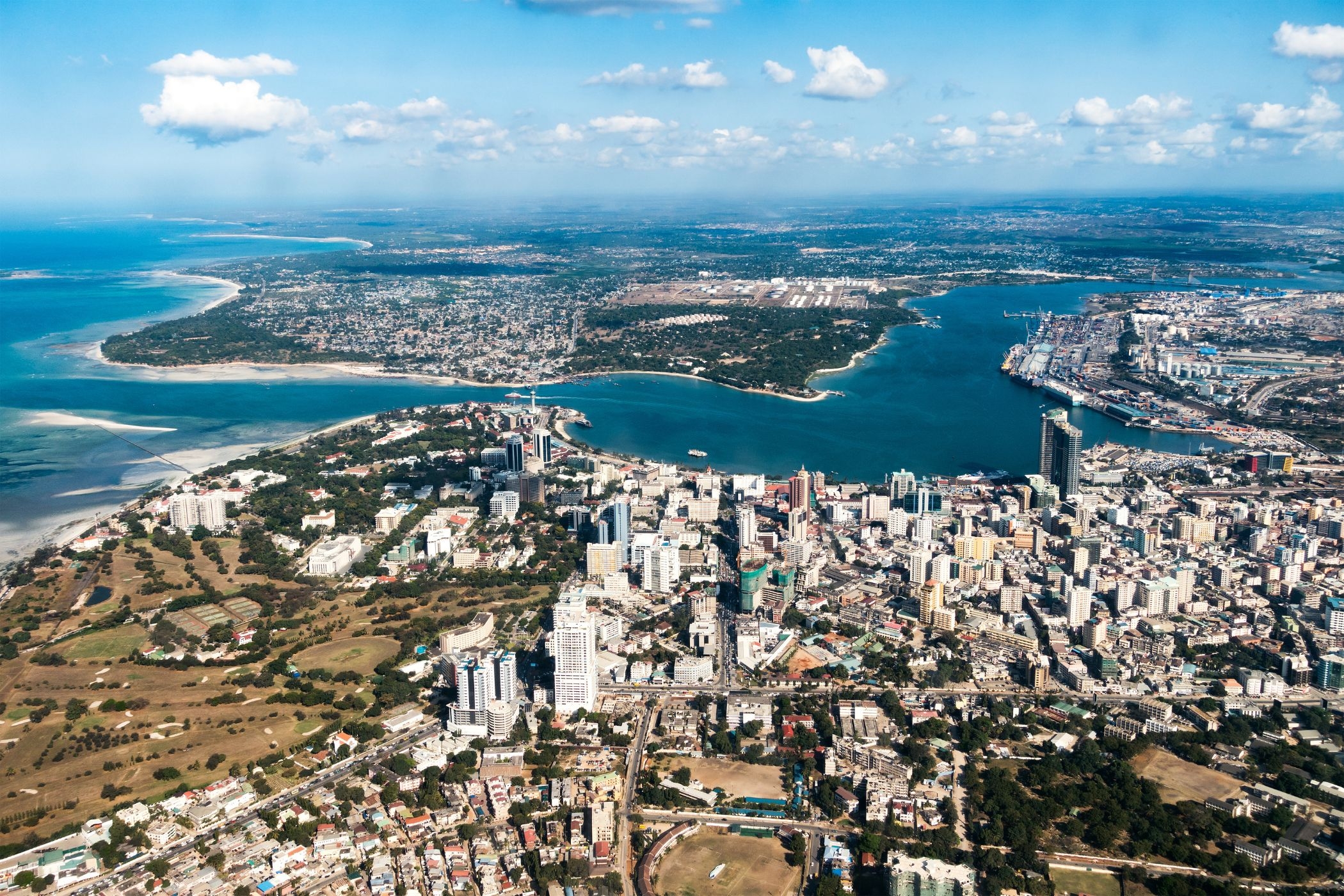
- Close
Summary
Dar es Salaam, a city steeped in history, traces its origins to the late 19th century when it was founded by Sultan Majid bin Said, the inaugural ruler of Zanzibar. The name carries a profound meaning, translating from Arabic as “abode of peace”.
Nestled along the eastern coast of Tanzania, this metropolis has evolved into the country’s most populous city, boasting a population of over five million and standing as the fifth most populous in Africa. Remarkably, it has earned the distinction of being the second-fastest-growing city globally, with projections suggesting a population surge to as high as 13.4 million by 2035.
Beyond its demographic significance, Dar es Salaam serves as the beating heart of Tanzania, holding paramount importance in both business and government affairs.

Dar Es Salaam Challenges
-
1. Flooding
-
Dar es Salaam grapples with recurrent fluvial and pluvial flooding, particularly in the unplanned settlements situated within high-risk flood zones. Heavy rainfall exacerbates these vulnerabilities, underscoring the urgent need for strategic measures to address the critical issue of flood risk.
-
2. Coastal Flooding
-
Dar es Salaam vulnerable to coastal flooding, with approximately 8% of the city situated in a low-elevation coastal zone more than 10 meters below sea level. In 2005, models estimated that 30,000 individuals were exposed to a 100-year coastal flood event, with potential asset losses reaching USD 35 million (Kebede and Nicholls, 2012; World Bank, 2019b). Alarming projections indicate that the number of people at risk of a 100-year event by 2070 has surged to over 210,000, with a potential asset cost escalating to USD 10 billion (Kebede, 2012).
Despite Dar es Salaam experiencing considerable rainfall, flooding in unplanned settlements is primarily attributed to poorly maintained stormwater drains and insufficient waste-disposal practices. Intriguingly, certain settlements in the Msimbazi Valley face flooding even in the absence of rainfall, owing to issues such as clogging and structural impediments along the Msimbazi River (START, 2011).
-

-
3. Land-use & Urban Planning
-
Dar es Salaam grapples with urban sprawl and extensive informal settlements, presenting challenges such as inadequate infrastructure, housing shortages, and deficient planning. These issues are poised to worsen with rapid urbanisation and population growth. Currently, 70% of the city’s population resides in unplanned settlements. Outdated planning regulations, stemming from the colonial era, mandate larger property sizes, hindering most from obtaining planning permission. Consequently, many dwell in smaller plots with unclear tenure and legal status. These settlements often occupy vulnerable areas like low-lying flood plains and eroding coastal zones, chosen for proximity to employment opportunities.
-
 Dar es Salaam urban growth between 2001 and 2023. On the right an aerial view of the Mianzini area showing a dramatic urban growth towards the valley.
Dar es Salaam urban growth between 2001 and 2023. On the right an aerial view of the Mianzini area showing a dramatic urban growth towards the valley.
-
Tomorrow's Cities in Dar Es Salaam
-
One of the 23 wards of Temeke Municipality, part of the greater Dar Es Salaam, Mianzini is home to nearly 23 thousand people. It’s been developed along a hilly terrain which, during the rainy season, sees its lower areas transforming into a small river prone to landslides along its banks. Along the slopes, informal housing is the predominant feature. Adding to the challenges, the settlement grapples with inadequate infrastructure services, such as pit latrines, and lacks a storm-water drainage system, making it vulnerable to flooding.
-





